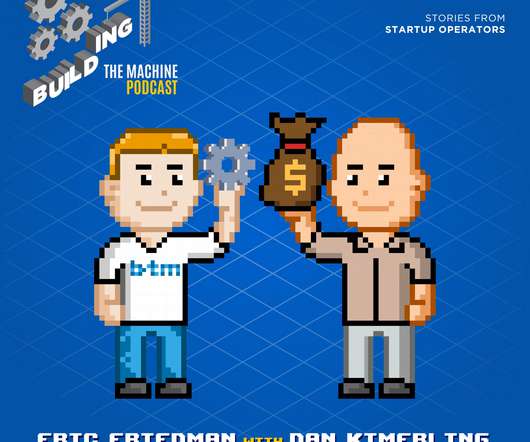Corporate Venture Capital: Obligatory or Oxymoron?
David Teten
SEPTEMBER 6, 2015
She had so much insight to share that we broke the interview into two parts, 1) Corporate Venture Capital and more broadly, 2) How the Fortune 500 Can Buy, Invest and Partner with the Innovation Economy (coming soon). . Arguably a balance sheet investor has to be more mindful of her investment choices.






















Let's personalize your content